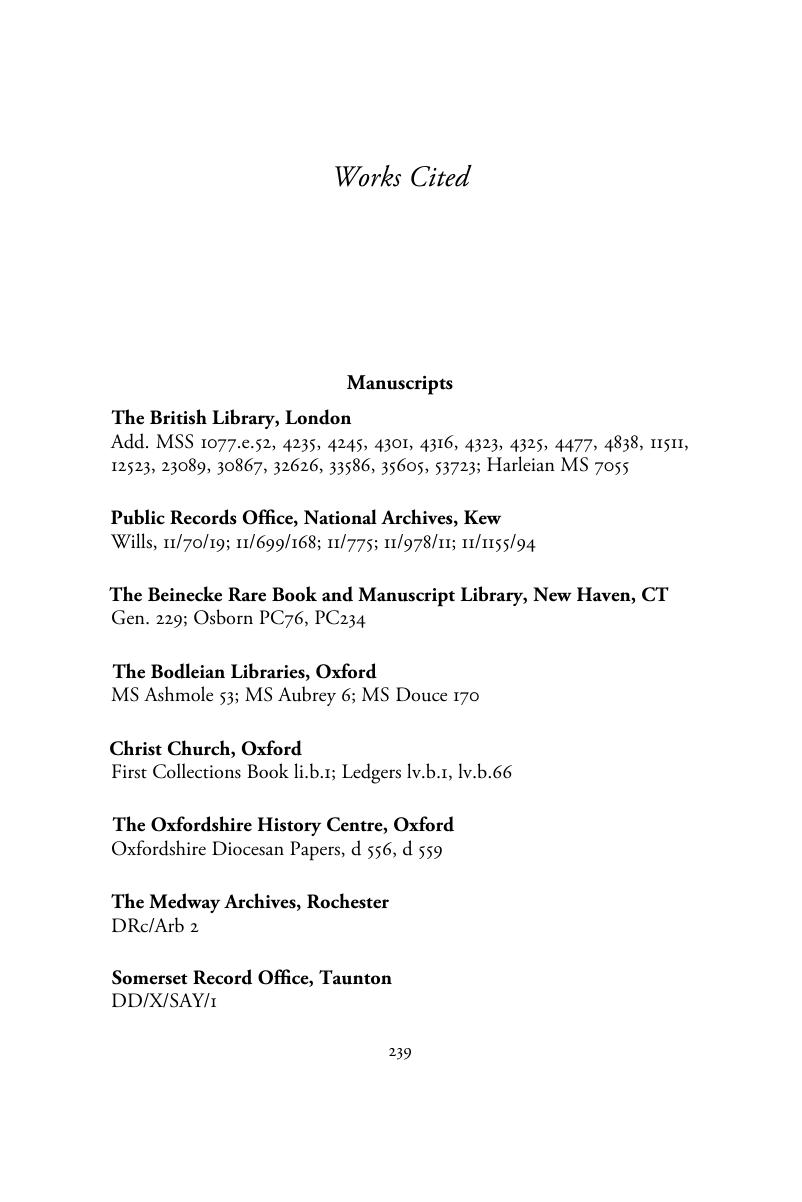Book contents
- Edmund Spenser and the Eighteenth-Century Book
- Edmund Spenser and the Eighteenth-Century Book
- Copyright page
- Dedication
- Contents
- Abbreviations
- Illustrations
- A Note on the Text
- Acknowledgements
- Introduction ‘The Wits have sent for the Book’
- Chapter 1 Spenser the Whig
- Chapter 2 Miscellaneous Spenser
- Chapter 3 Spenser Illustrated
- Chapter 4 Spenser Annotated
- Chapter 5 Spenser and the Public Domain
- Conclusion The Legacy of Eighteenth-Century Spenserianism
- Appendix A Checklist of the Eighteenth-Century Editions of Edmund Spenser
- Works Cited
- Index
- References
Works Cited
Published online by Cambridge University Press: 17 November 2017
- Edmund Spenser and the Eighteenth-Century Book
- Edmund Spenser and the Eighteenth-Century Book
- Copyright page
- Dedication
- Contents
- Abbreviations
- Illustrations
- A Note on the Text
- Acknowledgements
- Introduction ‘The Wits have sent for the Book’
- Chapter 1 Spenser the Whig
- Chapter 2 Miscellaneous Spenser
- Chapter 3 Spenser Illustrated
- Chapter 4 Spenser Annotated
- Chapter 5 Spenser and the Public Domain
- Conclusion The Legacy of Eighteenth-Century Spenserianism
- Appendix A Checklist of the Eighteenth-Century Editions of Edmund Spenser
- Works Cited
- Index
- References
Summary

- Type
- Chapter
- Information
- Edmund Spenser and the Eighteenth-Century Book , pp. 239 - 258Publisher: Cambridge University PressPrint publication year: 2017



